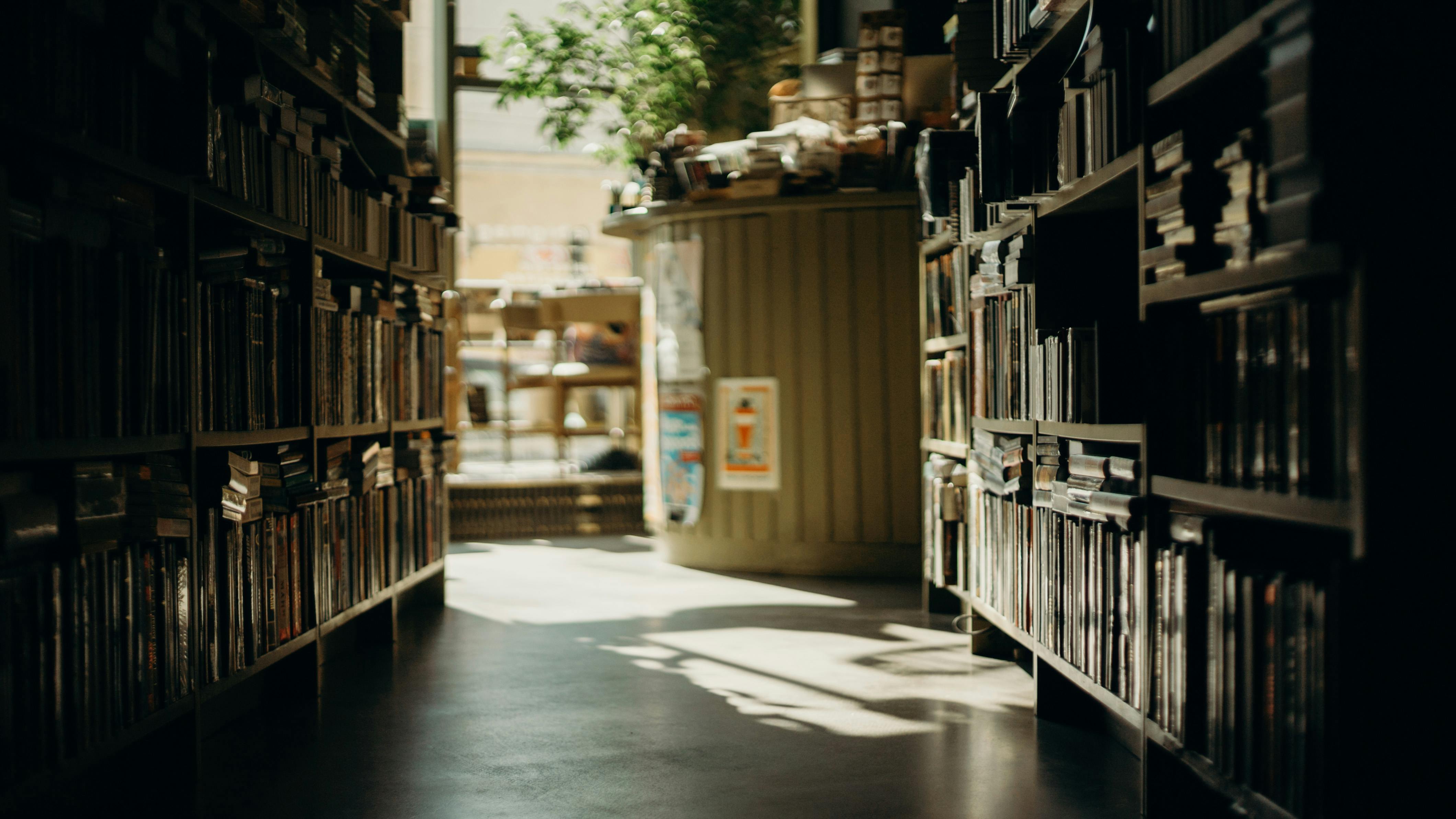
A discussion of FPGAs Vs DSPs
admin
- 0
Modern music leans more and more towards electronics. It’s a remarkable trend that as technology improves and becomes more available, creative types have found new uses for it in different fields, such as the music industry. Fewer and fewer 5 piece or more bands are being seen at major festivals and venues, and instead an increasing number of electrical devices are being operated by a minimal number of people to produce music. This is just one example of how technology changes the world around us.
Behind the curtain of the music itself lies the workings of the electronic systems that produce the sounds we love. Even more important is determining what types of electronic components will produce the best results. When it comes to feeding sounds back to recording devices or speakers, there is a question whether the FPGA or DSP board implementation is superior.
In order to determine which of the two things is more effective, we must have a functional definition of what these things are, as well as their functions and capabilities in order to have a functional contrast. FPGA is an acronym for Field Programmable Gate Array. They are essentially a circuit that is created specifically to be programmed by the owner after purchase. This makes them incredibly versatile, as they can be programmed to meet any application or function the programmer desires. There are FPGAs that are One Time Programmable (or OTP), which means they can only be programmed once, for specific functionality, the most popular types have the ability to be programmed as the design evolves to meet more requirements. Often, changes to the program can be updated remotely for added convenience.
DSP stands for digital signal processing. It is essentially the mathematical manipulation of any type of digital information signal, in this case, sounds, voices, music, etc., that have been recorded, in order to somehow improve the signal. Basically, it takes those digital signals and broadcasts them out into the real world; a sound occurs, is recorded, and then transmitted through a medium such as a speaker. During this process, sounds can be enhanced by DSP.
The main high card that DSP has over FPGA is that newer models have the ability to do FFT (Fast Fourier Transform) processing, which, not to get too technical, is a fast computing algorithm that is a benefit for faster processing speed. So some will recommend DSPs for complex feedback processing, like filtering, or anything that requires FFT.
However, the debate over whether FPGA or DSP boards are easier to use and install is heated. There are staunch supporters of DSPs and enthusiastic fans of the easy programming options on FPGA boards, and they’re going head to head on this issue. For some, cost is a factor, and cost research alone will make the decision for them. However, it’s often a cost vs. performance issue: DSP is usually cheaper, but doesn’t have the same range of options as FPGA. It also depends on the function to be performed. At the end of the day, it may be a matter of programming, and if that’s the case, the FPGA is the way to go.

